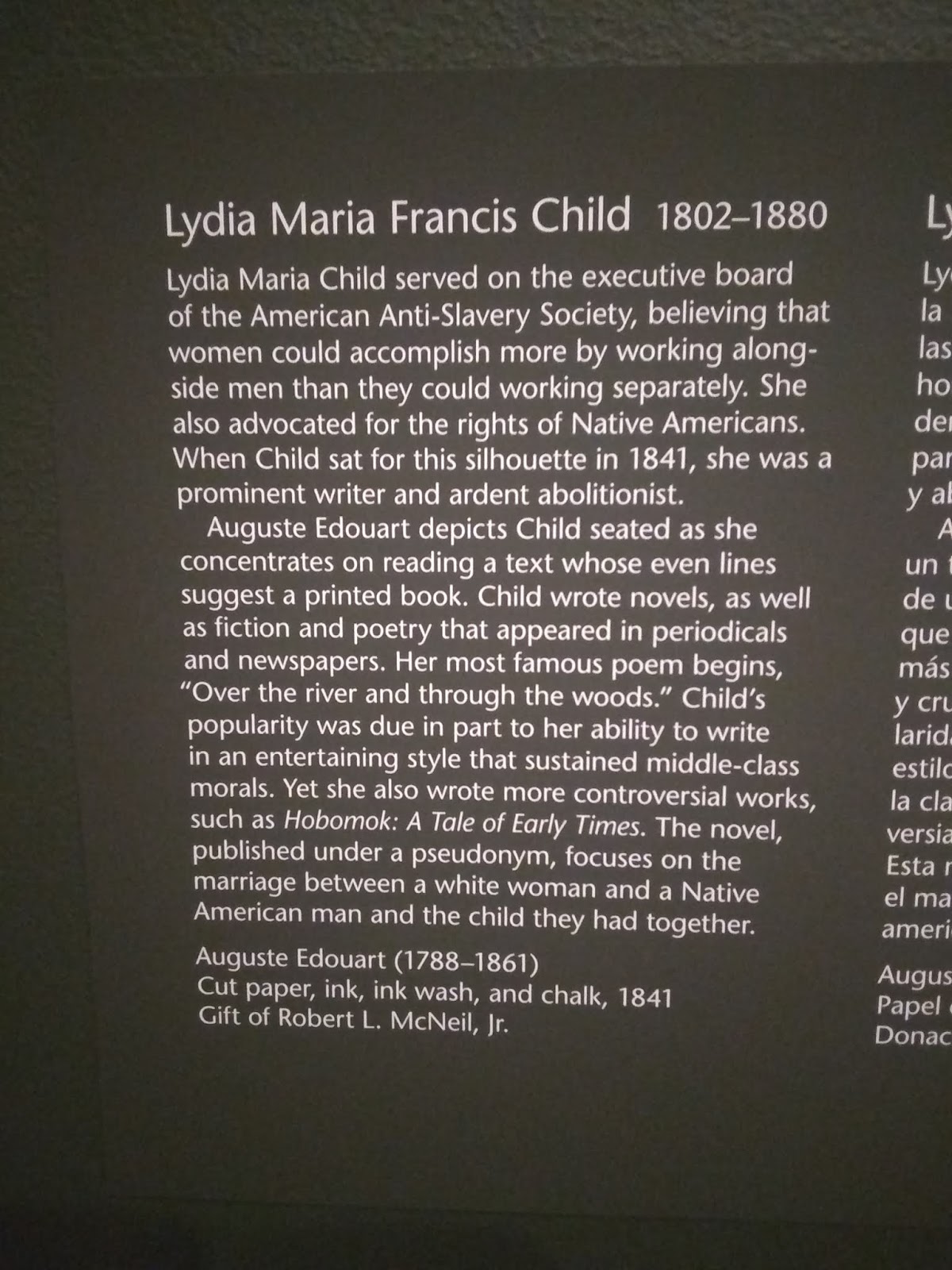If you have or are aware of pottery by possibly any of them or anyone else with the last name of Ditzler, please contact me by posting a comment or using the message space in this blog.
At least two of my direct ancestors were potters in Adams County, Pennsylvania, during the 1800s: David Ditzler Sr and Jr. The latter's older brother, Jacob, was also a potter in Carroll County, Maryland (probably in or near Manchester around 1850 to 1860), and later on a little across the border from Adams County in York County, Pennsylvania, in the Heidelberg Township that borders the north side of Hanover.
Harold Ditzler, the son of one of my grandfather's cousins, was on the lookout for a long time but apparently never found pottery with the name of David Ditzler. See his "Keystones of Adams County" column, number 18, Gettysburg Times, November 5, 1986:
https://www.newspapers.com/clip/20845355/ditzler_harold_keystones_of_adams_c/
The only specific lists of works and photos of pottery by a Ditzler in the 1800s are by a Jacob Ditzler. I think he was a son of David Ditzler Sr and lived from 1806 to 1878. What complicates this is that the father of the first David Ditzler was Jacob Ditzler, one of the brothers of the first David was also called Jacob, and one of David Jr's children was Jacob Stock Ditzler (1848 to 1911 and a brother of my great-great-grandfather John Stock Ditzler). Elsewhere were others, maybe distant relatives, with the name of Jacob Ditzler.
(Yohe was the maiden name of Anna Maria Yohe Ditzler, 1781 to 1859, the wife of the first David. Stock was the maiden name of Sarah "Sallie" Stock Ditzler, 1825 to 1908, the wife of David Jr. They seemed to have the practice of using the mother's maiden name for the middle name of some of the sons, which I think is interesting. I wonder if that shows at least a little more enlightened attitude about women's rights.)
A photo of three pottery dogs attributed to Jacob Ditzler is in Jacob Paxson Temple Collection of Early American Furniture and Objects of Art (1922). This was the catalog for an auction by the Anderson Galleries in New York City during the week of January 23 to 28, 1922. According to the catalog, Temple worked in the construction department of the Pennsylvania Railroad and lived in Chester County, Pennsylvania. While traveling for work, he often bought early American furniture and folk art.
a couple of sources
Lasansky, Jeannette. 1989. Central Pennsylvania Redware Pottery, 1780-1904. Univ of Pennsylvania Press.
Rice, Alvin H. and John Baer Stoudt. 1929. The Shenandoah Pottery. Shenandoah Publishing House. (Available through Internet Archive: https://archive.org/details/shenandoahpotter00rice ) This includes a letter that mentions a potter with a name mistakenly spelled "Titzler" who was David Ditzler Jr.



















































